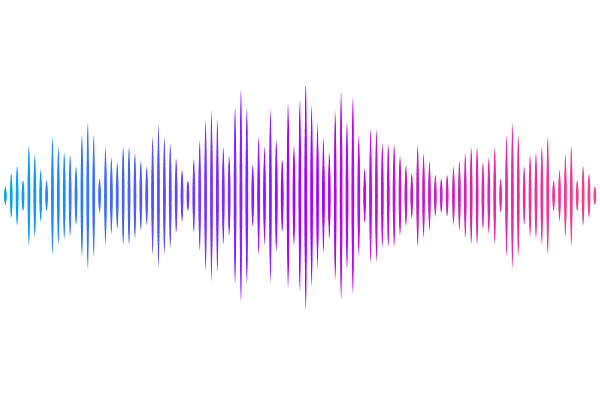Wide-field bond-selective fluorescence imaging: from single-molecule to cellular imaging beyond video-rate

Wide-field bond-selective fluorescence imaging: from single-molecule to cellular imaging beyond video-rate
Lee, D.; Wang, H.; Kocheril, P. A.; Bi, X.; Naji, N.; Wei, L.
AbstractWide-field (WF) imaging is pivotal for observing dynamic biological events. While WF chemical microscopy offers high molecular specificity, it lacks the sensitivity for single-molecule detection. In contrast, WF fluorescence microscopy provides live-cell dynamic mapping but fails to leverage the rich chemical information necessary for functional interpretations. To address these limitations, we introduce Wide-Field Bond-selective Fluorescence-detected Infrared-Excited (WF-BonFIRE) spectro-microscopy. This technique combines rationally optimized imaging speed and field-of-view (FOV) to achieve single-molecule sensitivity with bond-selective contrast. WF-BonFIRE outperforms its point-scanning counterpart, enhancing frame acquisition up to 10,000 times. We demonstrate WF-BonFIRE\'s capabilities in imaging cells, astrocytes, and live neurons, capturing single FOVs up to 50 m x 50 m, with further expansion via multi-FOV mosaicking. Additionally, we have implemented a temporal-delay modulation scheme that allows real-time kilohertz imaging speeds up to 1500 Hz. This enables millisecond temporal resolution while monitoring random motion of live Escherichia coli. Overall, WF-BonFIRE significantly broadens the possibilities for chemical imaging, enabling high-speed observations at unparalleled sensitivity levels.